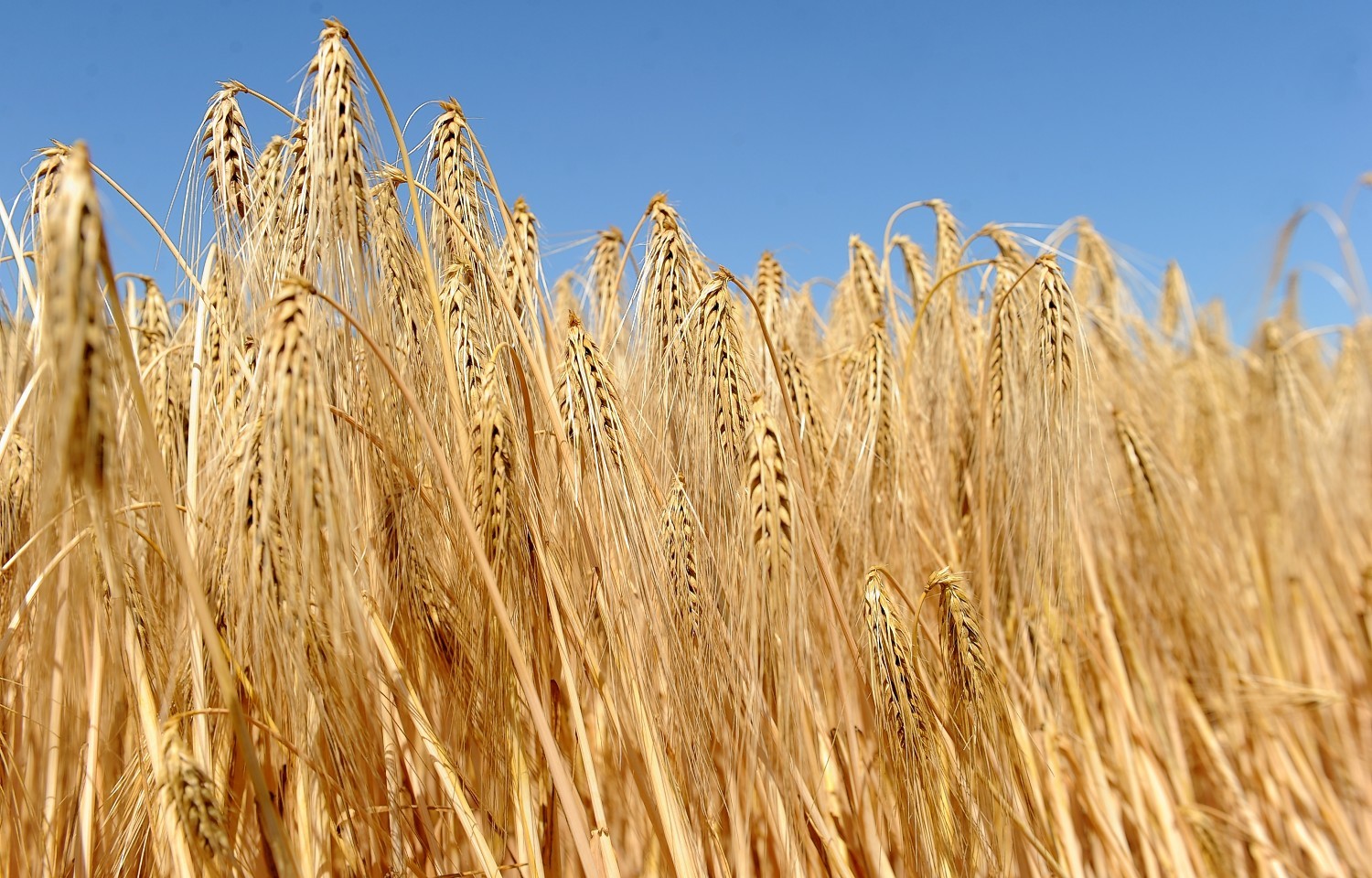Producing grain to meet the needs of the end user was a key driver behind research being demonstrated at the Cereals in Practice event.
The annual event, which took place in the north-east for the first time ever at Kirkton Farm, Kinellar, near Inverurie, aims to showcase the latest research in the sector and features a vast range of trials plots.
Crops being grown at the site include: grass, cereals and oilseeds, potatoes, vegetables and energy crops.
A key theme was how to better produce a crop variety with the traits required by the end user.
Barley
Researchers at the James Hutton Institute are looking into the genetic traits of the Maris Otter variety of winter malting barley, which celebrates its 50th anniversary of being a recommended variety this year.
The institute’s Dr Bill Thomas said work was under way to identify the factors which lead to good processing quality in barley.
The aim, said Dr Thomas, was to develop new winter barley varieties that combine the agronomic attributes of current winter varieties with improved malting quality and the processing qualities of Maris Otter.
This could essentially lead to barley with higher Nitrogen levels being accepted by maltsters, he said.
Energy crops
Kirkton is one of five sites used to assess energy crops as part of a Scottish Government project.
According to Dr David Lawson from SRUC, the project aims to find out what crops are best suited to grow in Scottish conditions for use in anaerobic digestion (AD) plants.
Crops being grown include: winter rye, triticale, oats, energy beet and grass.
“The idea is to see which crops we would grow [for AD] under different circumstances in Scotland,” said Dr Lawson.
“The methane potential for each individual crop will be measure in the lab to find out the methane per hectare potential of each crop.”
The other trial sites are: Isle of Skye, Cupar Angus, Edinburgh, Dumfries and Crianlarich.
Healthier wheat
Baker Andrew Whitley was on hand to talk about a new project aimed at increasing the nutrient values of wheat destined for bread.
“We have great problems with digestibility in public health,” said Mr Whitley, who blamed lower nutrient levels in wheat for problems such as gluten intolerance.
“We are trying to identify varieties of wheat what have more nutrient density. We should take a different approach to plant breeding where we look at the end use and try and bring farmers and plant breeders closer to the end user.”
Mr Whitley is currently trialing different wheat varieties at his small-holding at West Linton, near Edinburgh.
